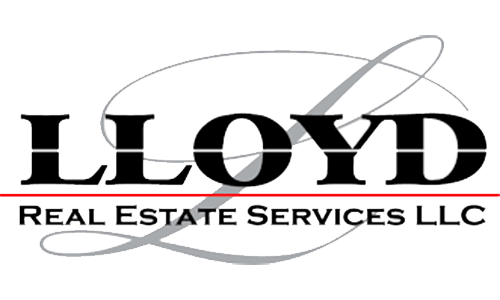As a commercial real estate investor, understanding your property’s income stream is crucial to making informed decisions about its potential and profitability.
A thorough analysis of the property’s income stream can help you identify areas of improvement, optimize its performance, and make data-driven decisions. In this blog, we’ll delve into the essential factors to consider when analyzing your commercial property’s income stream, exploring new ideas and advice to help you maximize your returns.
- Tenant Mix and Quality: A diverse tenant mix can be beneficial, but it’s essential to consider the quality of tenants, their creditworthiness, and their potential for growth. A strong tenant mix can lead to increased rental income and reduced vacancy rates.
- Lease Terms and Expirations: Analyze the lease terms, including the length, rent escalation clauses, and renewal options. Understand the timing of lease expirations to plan for potential vacancies and negotiate new leases.
- Rental Income and Yield: Calculate the property’s net operating income (NOI) by subtracting operating expenses from gross revenue. Determine the property’s yield by dividing the NOI by its value. A higher yield indicates a more attractive investment opportunity.
- Operating Expenses and Efficiency: Identify areas to reduce operating expenses, such as energy-efficient upgrades, cost-effective maintenance strategies, and optimized property management practices. A lean operating expense structure can increase the property’s bottom line.
- Property Type and Location: The property type and location can significantly impact its income stream. Consider the demand for different property types in the area, local zoning regulations, and the potential for future development.
- Market Trends and Cycles: Analyze the local and national market trends, including vacancy rates, rent growth, and interest rates. Understand the current market cycle and its impact on your property’s income stream.
- Capital Expenditures and Reserves: Identify the need for capital expenditures, such as renovations or repairs, and factor in the costs of reserves for unexpected expenses. A well-maintained property with adequate reserves can reduce downtime and increase rental income.
- Environmental and Social Factors: Consider the environmental and social factors that can impact your property’s income stream, such as energy efficiency, accessibility, and community engagement. A property that prioritizes sustainability and community involvement can attract high-quality tenants and increase rental income.
- Technology and Innovation: Leverage technology to optimize your property’s income stream, such as smart building management systems, energy-efficient solutions, and data analytics tools.
- Tax Incentives and Regulations: Familiarize yourself with local and national tax incentives, such as tax abatements or credits, that can benefit your property. Understand regulatory requirements and compliance issues that may impact your property’s income stream.
Conclusion
Analyzing your commercial property’s income stream requires a comprehensive approach that considers multiple factors. By understanding the tenant mix, lease terms, rental income, and operating expenses, you can identify opportunities to optimize your property’s performance. Don’t forget to factor in market trends, capital expenditures, environmental and social factors, technology, and tax incentives. By taking a holistic approach, you can unlock your property’s full potential and maximize its income stream.

